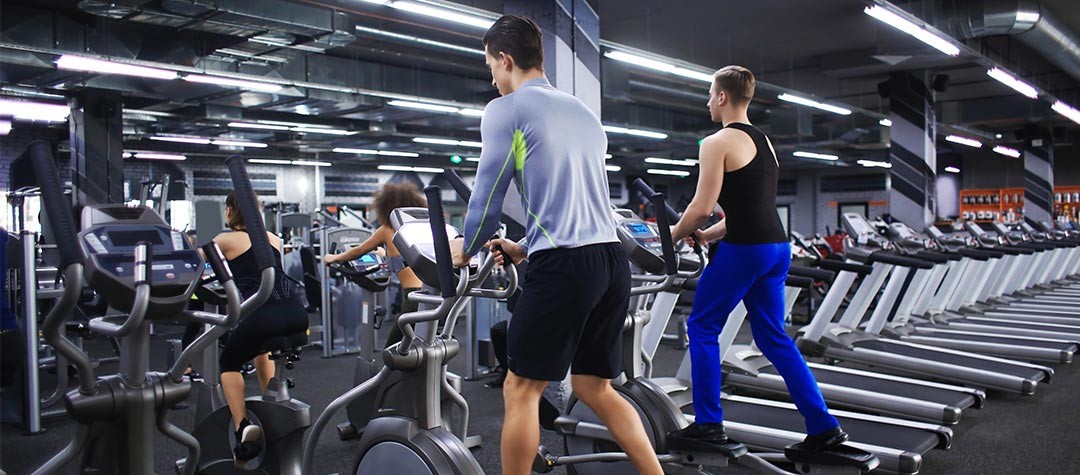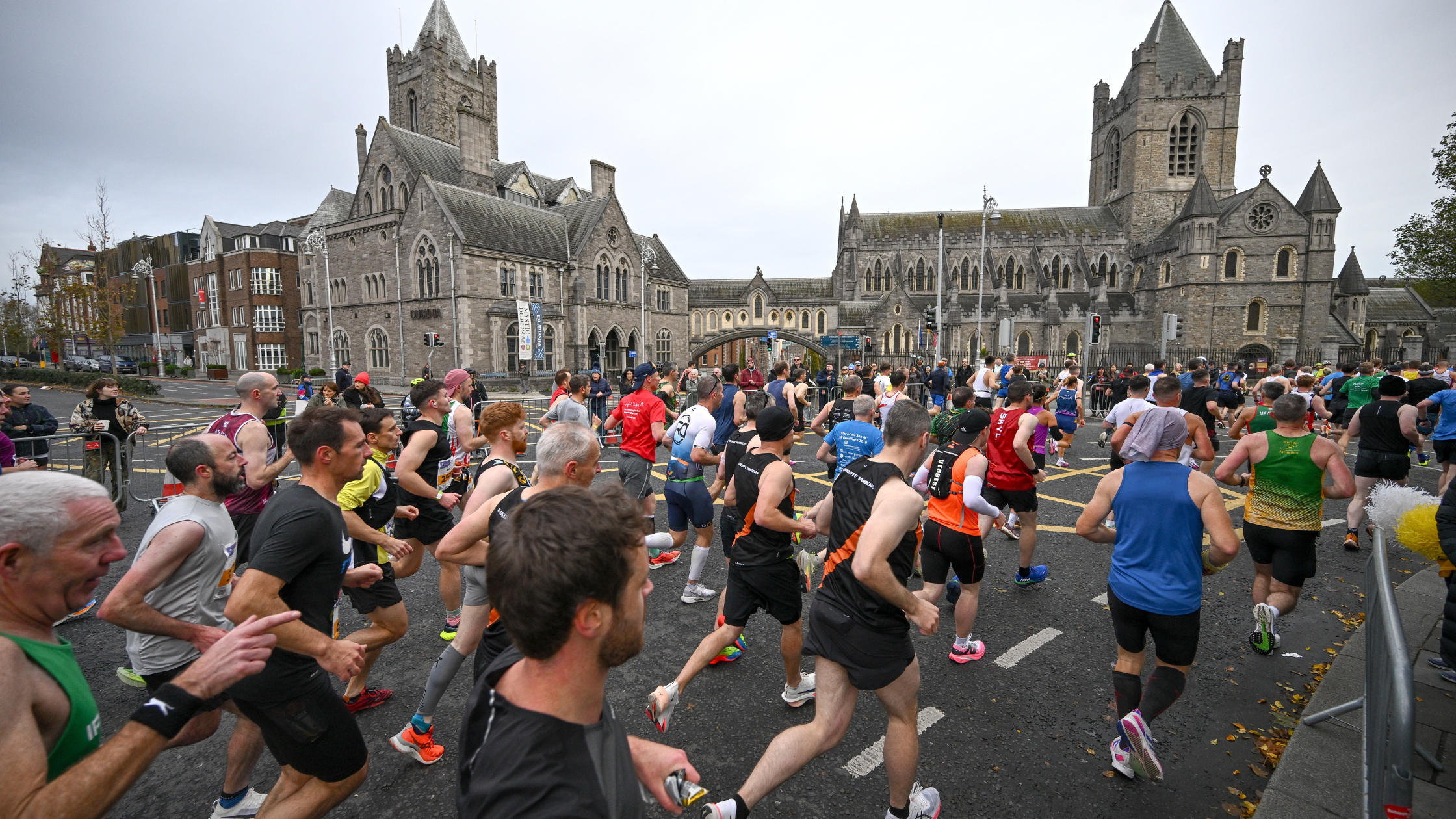Cross training can be a runner's secret weapon. If you’re injured, cross training allows you to maintain excellent cardiovascular fitness through low impact activities such as cycling, swimming and aqua jogging.
However, you don't have to wait until you're injured to reap the benefits that cross training has to offer. By regularly replacing a run with a cross training workout you can reduce your risk of sustaining an overuse injury, strengthen alternative muscle groups that are not predominantly used when running and even improve your aerobic fitness.
Remember, your cardiovascular system doesn't know the difference between running and other forms of aerobic activity. As long as you can elevate your heart rate, you will maintain or even improve your aerobic fitness. Here are some tried and tested cross training workouts that you can use to replace a run.
1. Aqua jogging
Aqua jogging is arguably the best form of cross training for runners as it involves very similar neuromuscular patterns to running. It is very low impact, (you only support around 10% of your body weight), making it a perfect alternative to running when you’re injured or if you are looking to do a recovery session.
You may find it easier to use a flotation belt if you're new to aqua jogging, which will help to keep you buoyant in the water. However, as you become more experienced you can ditch the belt and go solo, which doubles up as a great core stability workout!
The beauty of aqua jogging is that you can mimic almost all of your running sessions (with the exception of hills, obviously!). You may find that you need to reduce the recoveries during interval workouts though as your heart rate will recover to resting levels more rapidly than on land.
Workout: 60 second efforts
20 x 60 seconds with 30 seconds recovery.
2. Static bike
The static bike is generally better for cross training purposes than cycling outside as you don't have to worry about the impact of the weather or the traffic.
If you don't have access to a gym, then using a road bike on a turbo trainer or a set of rollers (if you're feeling brave) is an excellent and time effective alternative.
You should set the resistance so that you can maintain an RPM of around 90-100 as this most closely reflects running cadence.
Workout: Pyramid intervals
1 minute, 2 minutes, 3 minutes, 4 minutes, 5 minutes, 5 minutes, 4 minutes, 3 minutes, 2 minute, 1 minute. All with 60 seconds slow spin recovery.
3. Cross trainer or elliptical machine
The cross trainer or elliptical machine can provide a great, low-impact workout that will elevate your heart rate to elicit a good aerobic training effect.
Workout: Tempo
Warm up for 5 minutes and then work for 20 minutes at tempo effort (this should feel like controlled discomfort). Follow this with a 5 minute cool down for a super time effective workout.
4. Circuit training
Circuits are a great form of strength training that can reduce the risk of injury and promote neural adaptations such as increasing your muscle fibre pool and the rate of force development. These adaptations combine to improve your running economy, speed and strength endurance. The added bonus of circuits is that you need little, if any equipment and they make a great indoor alternative to running during the cold winter months.
Workout: Runners' circuit
Work each station for 30-45 seconds with 30-60 seconds recovery between stations. Aim to build up to 2-3 sets with 2 minutes recovery between sets.
Body weight squats, press ups, lunges, abdominal crunches, hops for distance, plank, step ups, oblique crunch, glute bridge.














